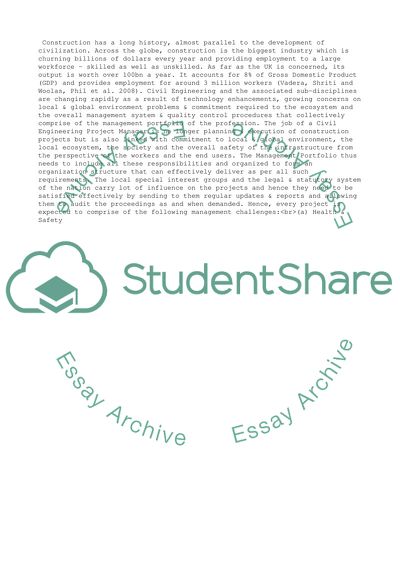Cite this document
(“Civil Engineering Management Portfolio Assignment”, n.d.)
Retrieved from https://studentshare.org/business/1519334-civil-engineering-management-portfolio
Retrieved from https://studentshare.org/business/1519334-civil-engineering-management-portfolio
(Civil Engineering Management Portfolio Assignment)
https://studentshare.org/business/1519334-civil-engineering-management-portfolio.
https://studentshare.org/business/1519334-civil-engineering-management-portfolio.
“Civil Engineering Management Portfolio Assignment”, n.d. https://studentshare.org/business/1519334-civil-engineering-management-portfolio.


